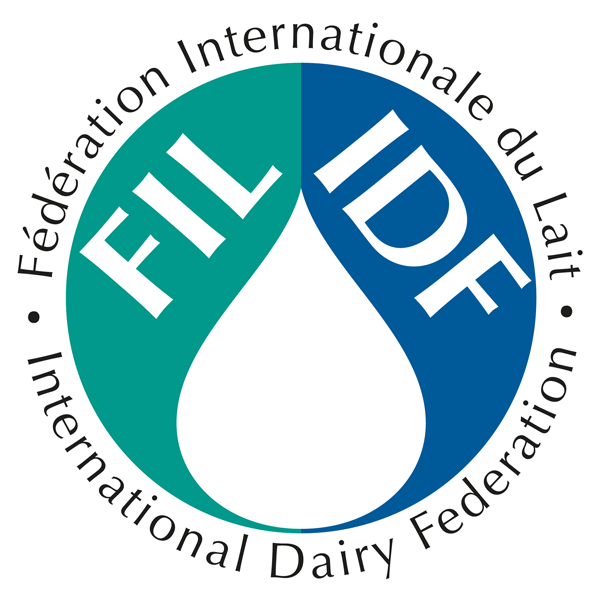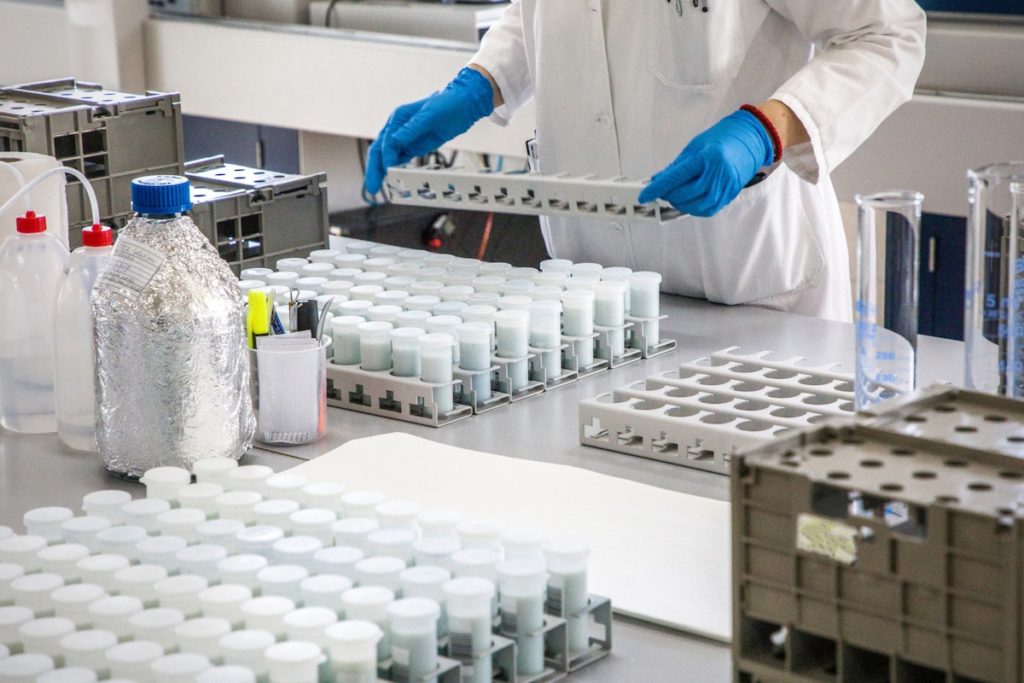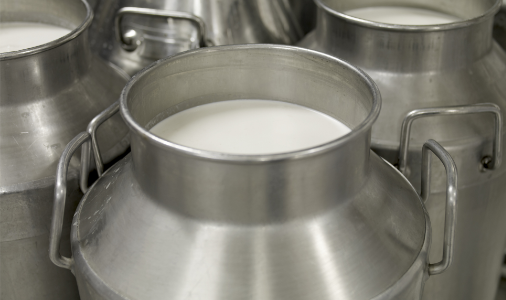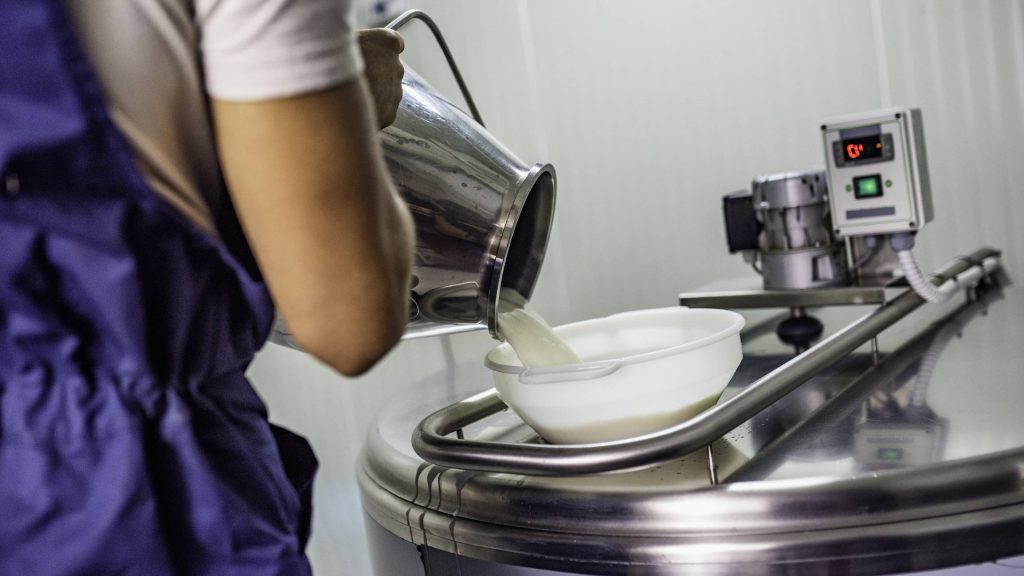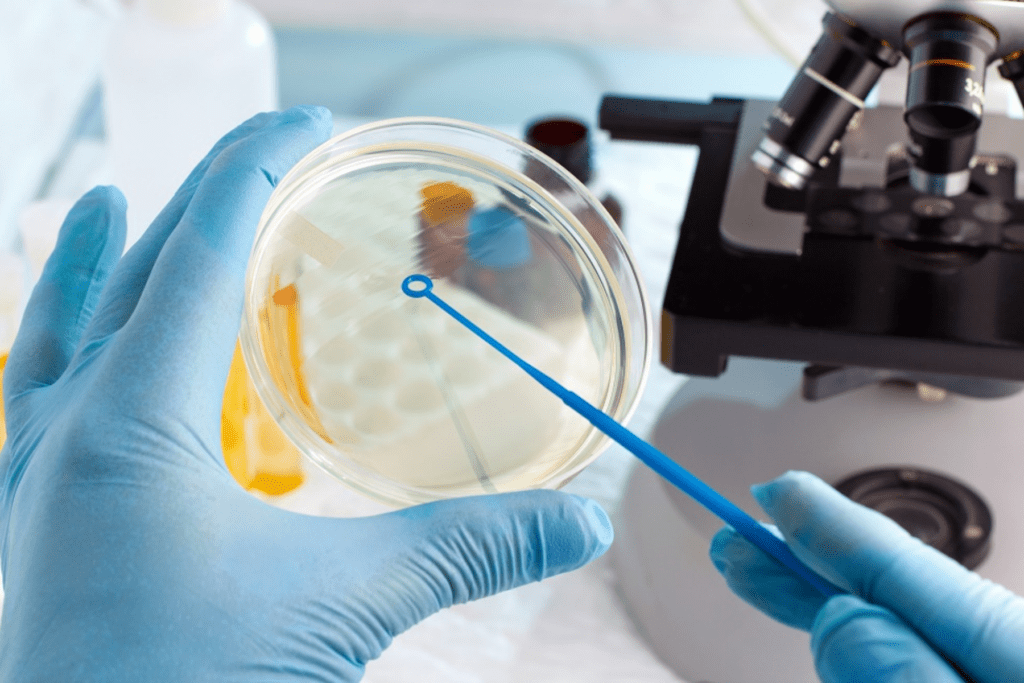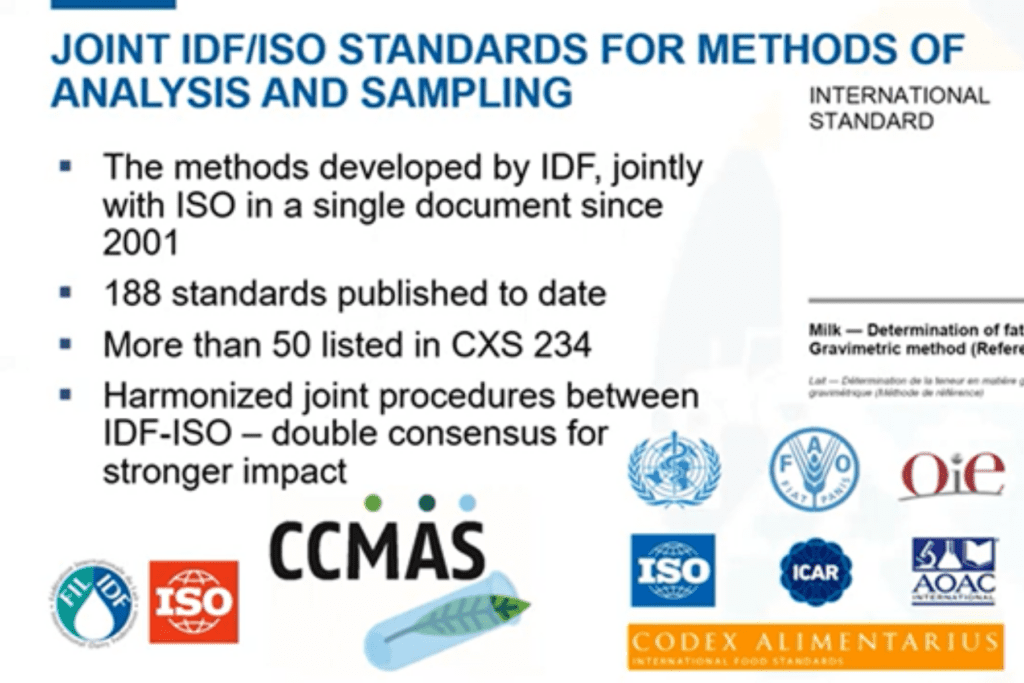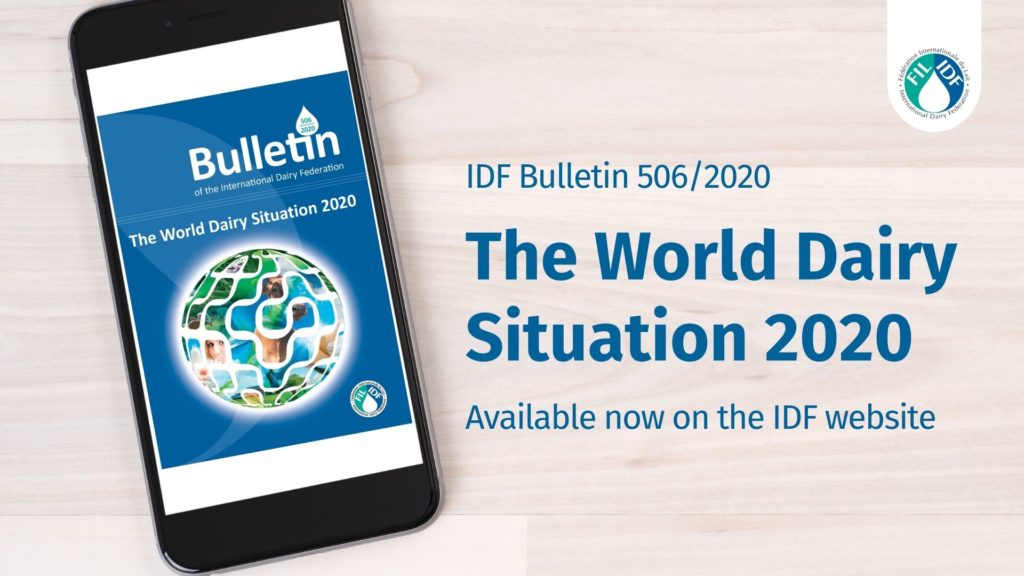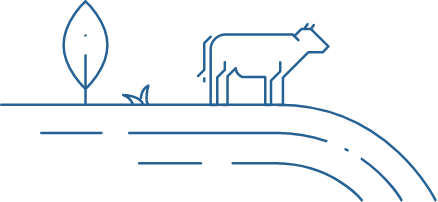
Methods of Analysis & Sampling
Facilitating trade and building trust in the dairy sector through standardized methods for the safety, quality and composition of milk and dairy products
Standardized methods of analysis are essential in the trade of safe and high-quality dairy products as they provide with a basis for mutual understanding and are used to assess compliance to national or international regulation, and can be used for reference, in calibration of methods in use or introduced for routine examination and control purposes.
They reflect the same language, understanding and measurements to allow for comparable results, as results of voluntary cooperation among actors of the dairy chain: industry, authorities, researchers, manufacturers.
IDF works with leading standards organisations such as ISO to facilitate of trade through the establishing standards for safety, quality and composition of milk and dairy products that are essential in building mutual understanding and trust in the international dairy sector.
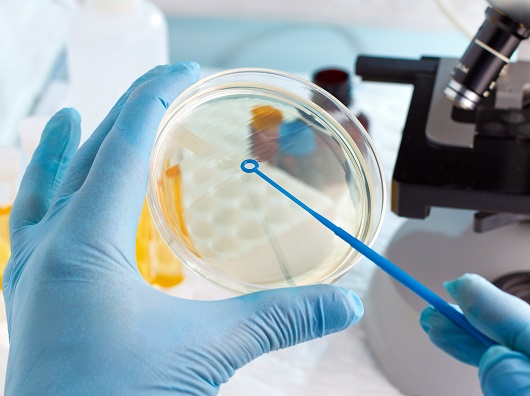
Achieving high quality products
Sampling and analysis occur at various stages along the milk processing chain: when milk is collected at the farm, at the dairy plant, during processing steps, and finally, when the end product is ready. Milk has a short shelf life; however, products such as milk powders have allowed global access to dairy products to be developed.
Control tests are vital to support activities for hygiene and food standards to meet regulatory and customer demands. Multiples of chemical and microbiological contamination tests are undertaken.
Good-quality milk and dairy products must be free of debris and sediment; free of off-flavours and abnormal colour and odour; low in bacterial count; free of chemicals (e.g., antibiotics, detergents); and of normal composition and acidity. To achieve this, testing and quality control should be carried out at all stages of the dairy chain.
Testing and quality control should be carried out at all stages of the dairy chain. Dairy products can be tested for:
- Quantity – measured in volume or weight
- Organoleptic characteristics – appearance, taste and smell
- Compositional characteristics – especially fat, solid and protein contents
- Physical and chemical characteristics
- Hygienic characteristics – hygienic conditions, cleanliness and quality
- Adulteration – with water, preservatives, added solids, etc
- Drug residues
Examples of milk and dairy testing methods include taste, smell, and visual observation (organoleptic tests); infrared spectrometry, indicator organisms, density meter or lactometer tests to measure the specific density of milk; clot-on-boiling testing to determine whether the milk is sour or abnormal; acidity testing to measure the lactic acid in milk; and the Gerber test to measure the amount of fat in the milk.
IDF work to support the dairy sector in the area of methods of analysis and sampling includes:
- Development of IDF/ISO International Standards for detection and enumeration techniques for chemical and microbiological parameters
- Standardization of methods for characterization of process, including heat treatment and suitability for use in specific applications
- Development of standards for the statistical evaluation of analytical methods (physical, chemical or microbiological methods)
- Monitoring and provision of input to relevant Codex Committees on regulatory and other matters in collaboration with other IDF working bodies
Share this page

Testing and quality control is carried out at all stages of the dairy chain to ensure quality poducts
Learn more about methods of analysis & sampling
The breadth of issues IDF covers in its work is extensive. Find out more about the work we do.
ExtraMIR (Extra value from- smart used of-MIR spectra)
Facilitating trade and building trust in the dairy sector through standardized methods for the safet...
Read MoreIDF/ICAR project group on a reference system for somatic cell counting
The IDF/ICAR project group to develop a reference system for somatic cell counting in raw milk.
Read MoreFood Standards
Helping to ensure that consumers can trust dairy products produced around the world.
Read MoreInnovation & technology
Understanding milk, its production, the physical, biochemical and nutritional properties of its comp...
Read MoreHygiene & Safety
Working collaboratively to safeguard the integrity and transparency of the global dairy supply chain...
Read MoreRelated reports & publications
IDF provides a permanent source of authoritative scientific and other information on a whole range of topics relevant to the dairy sector.
Related news & insights
IDF provides a permanent source of authoritative scientific and other information on a whole range of topics relevant to the dairy sector.
Enhancing robustness and user friendliness of calculation of TBC conversion relationships
Update of ISO 21187 | IDF 196: A guide to converting the units of routine bacteria analyzers to anchor method units or vice versa is now available ....
Important outcomes from Codex meeting on nutrition and foods for special diets
On 24-29 November 2019, the 41st session of the Codex Committee on Nutrition and Foods for Special Dietary Uses was held in Dusseldorf, Germany. The....
Maintaining momentum on methods of analysis and sampling
The CODEX recommended methods of analysis play an important role in checking compliance with provisions in Codex standards. Foundation texts....
IDF launches World Dairy Situation Report 2020
The International Dairy Federation’s latest overview of the dairy sector, covering markets worldwide, global trends and preliminary COVID-19....
